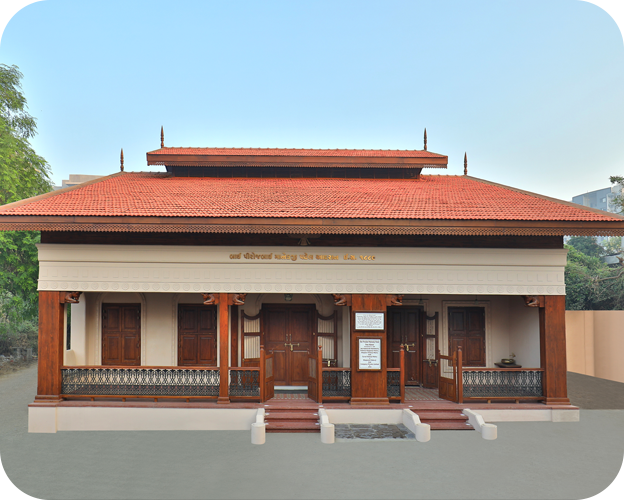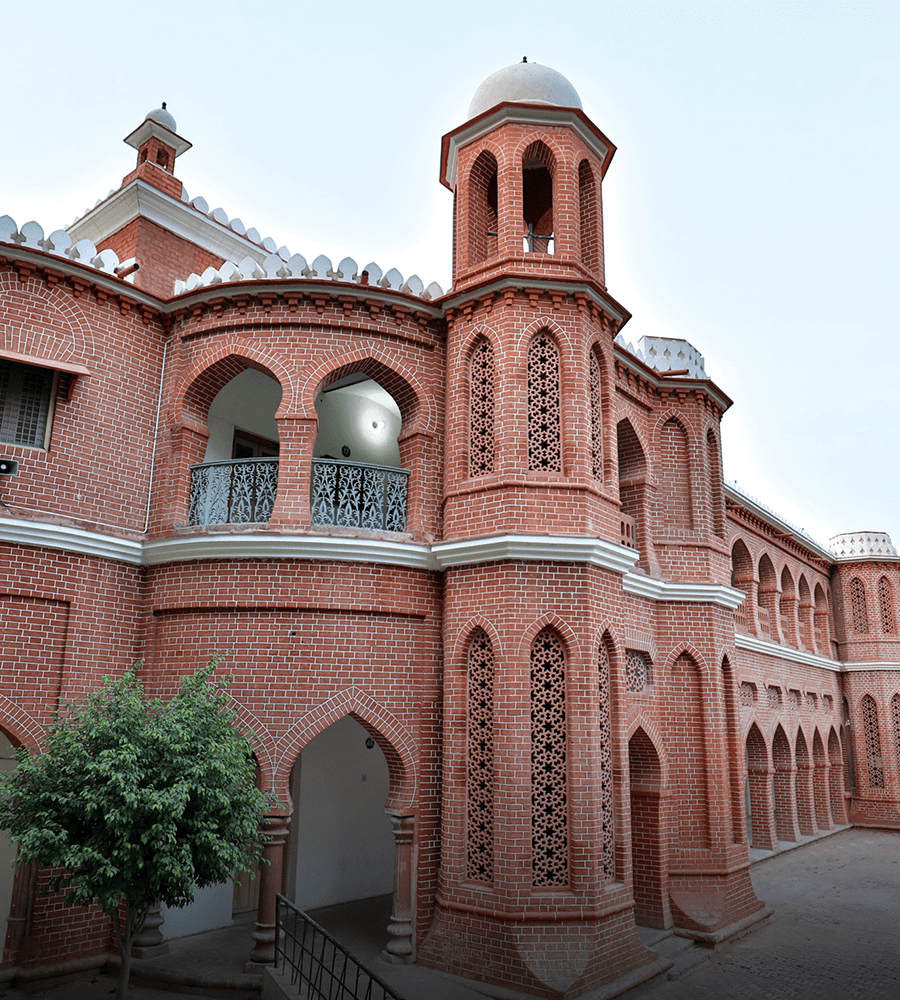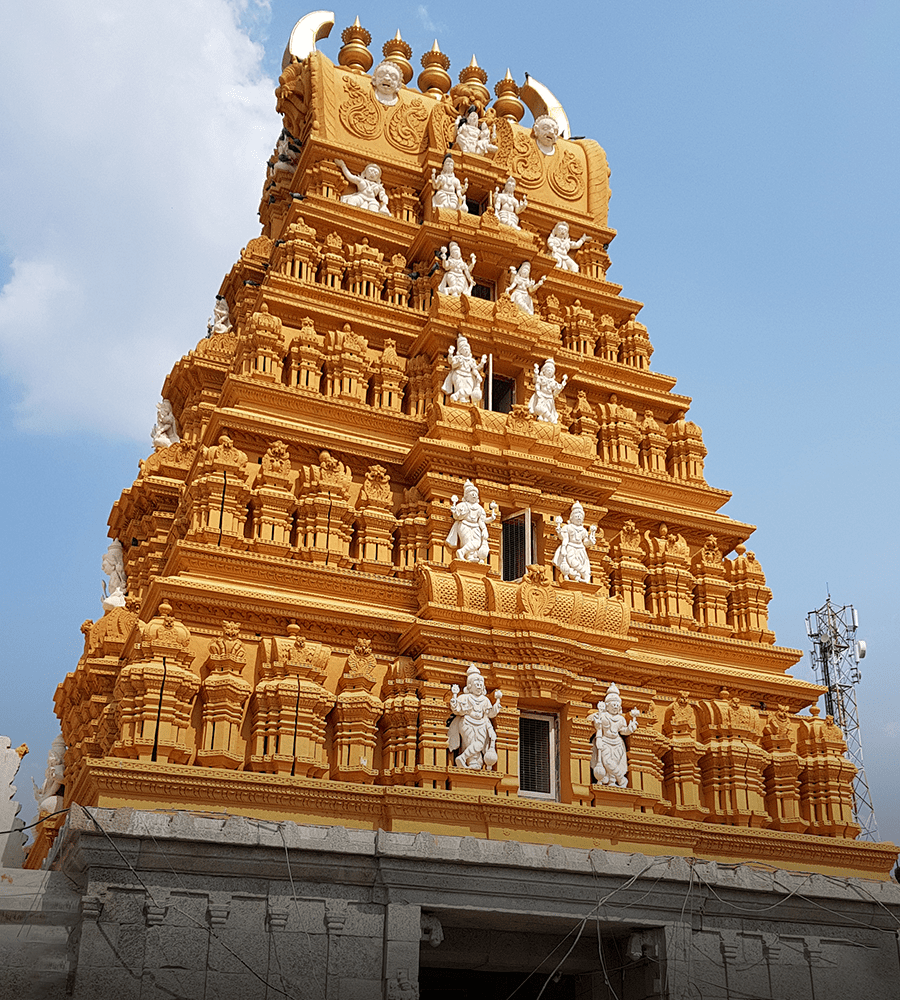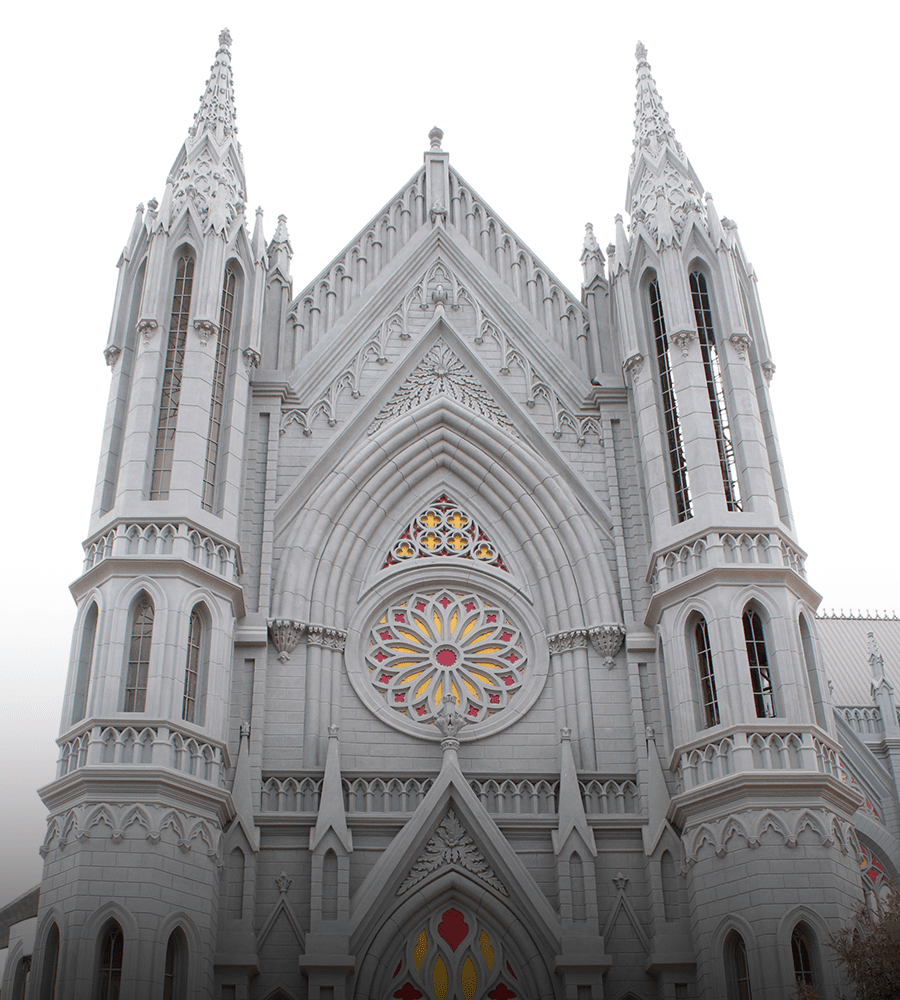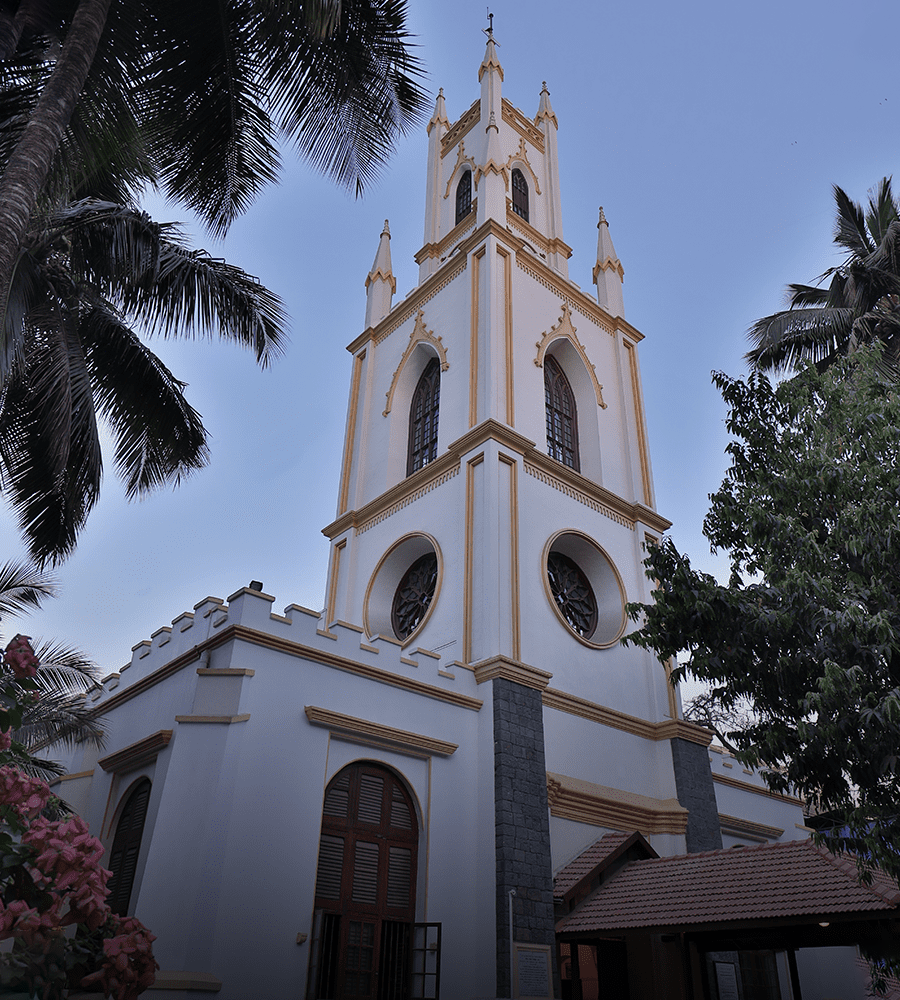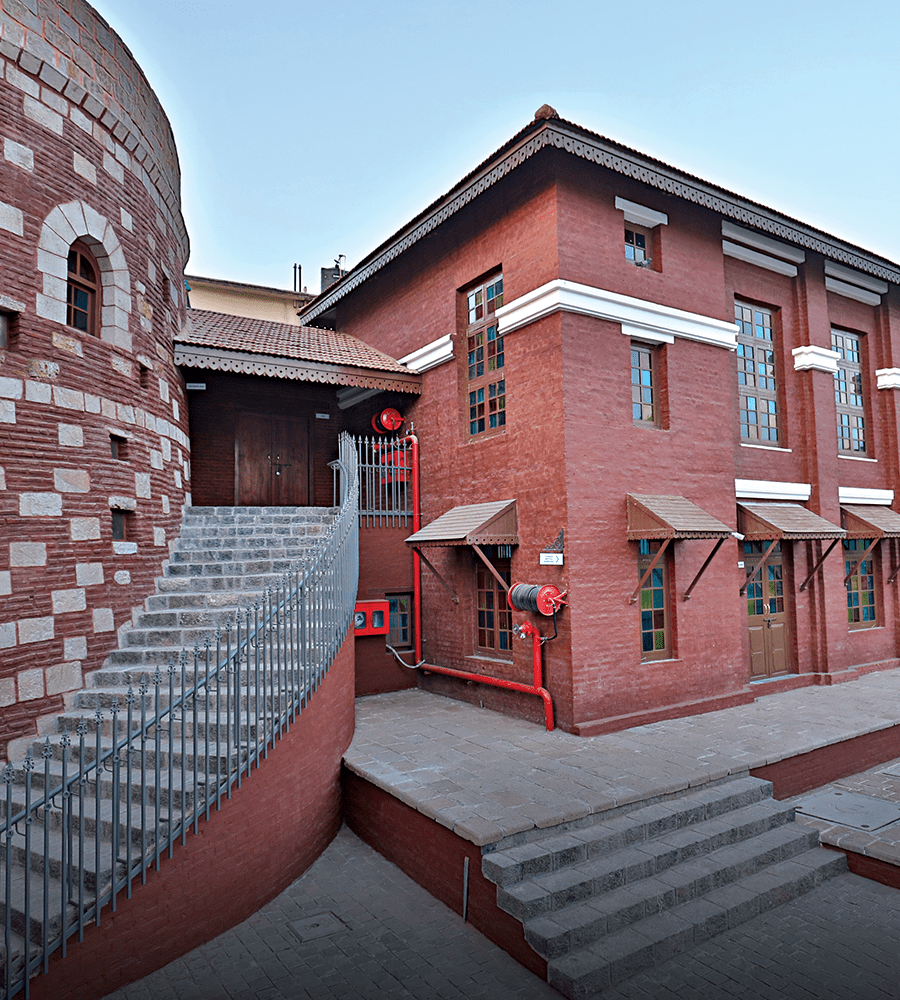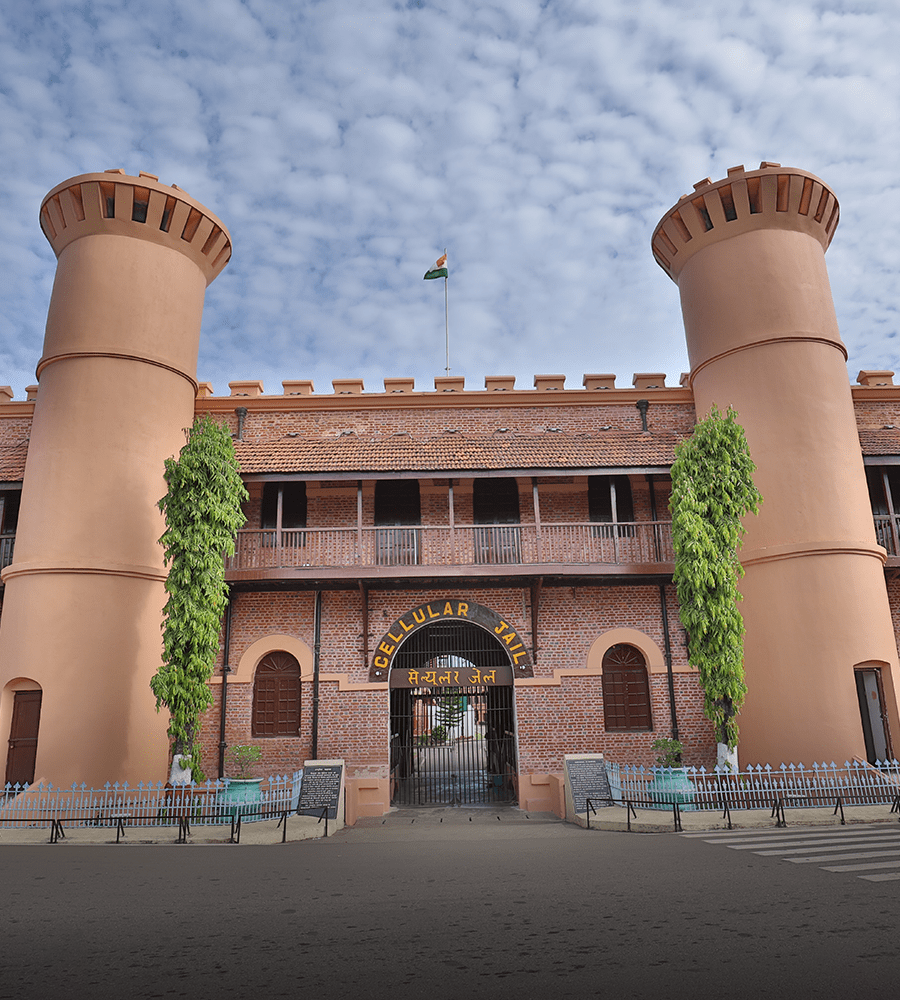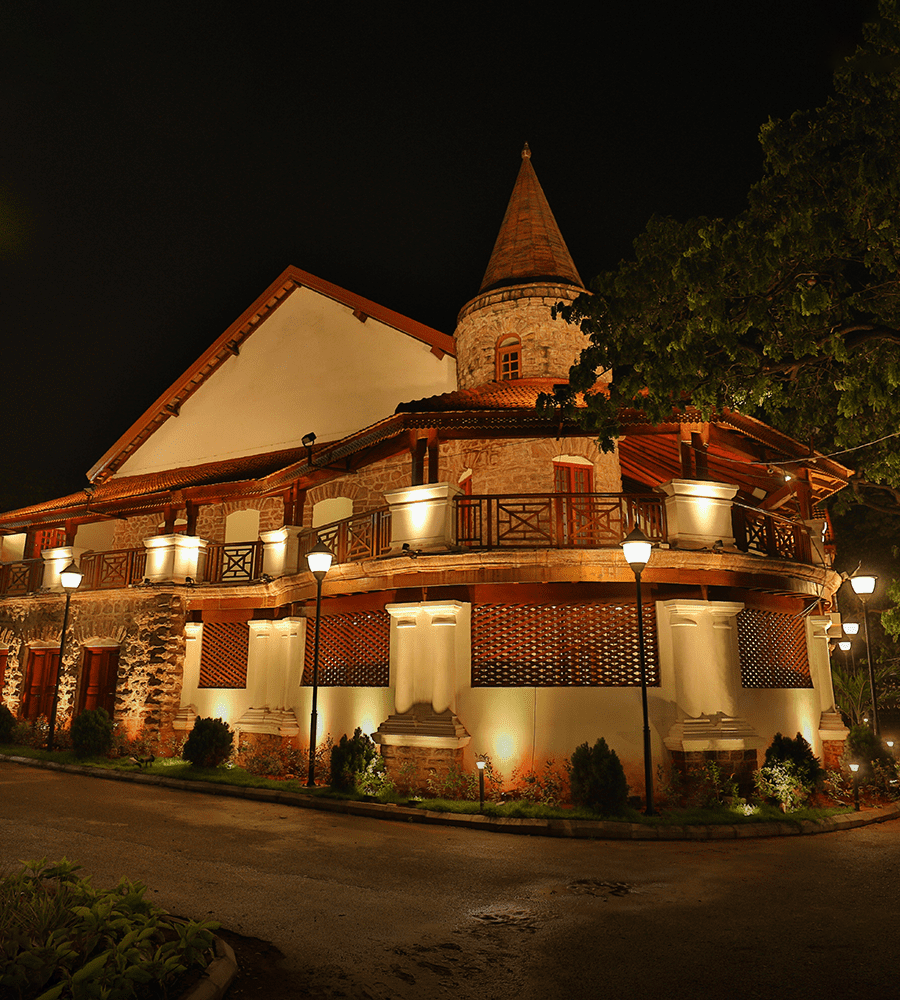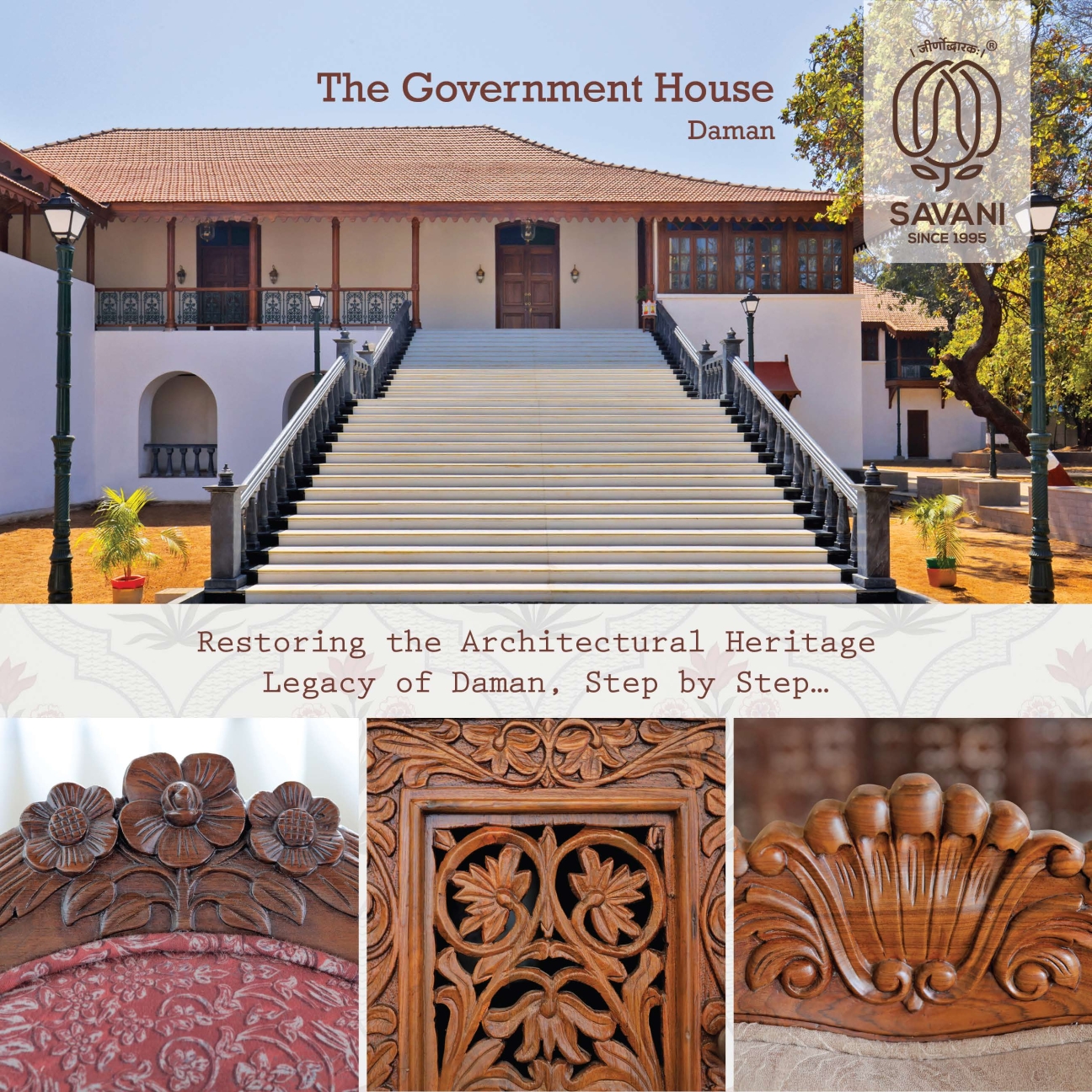Adaran / Agiari means the house of fire, a sacred worship place of the Parsi / Zorastrians Community. The Vesu Adaran which was constructed in the late 18th century had battled its fair share of wear and tear in the form of time, climate, pollution and natural disaster and resulted in a structure that looked pale shadow of its heyday. Vesu Adaran in 2018 stood as a disintegrated heritage structure calling for collaborative intelligence from varied fields for its restoration as it demanded heavy duty embellishments and complete architectural rejig. The mandate was noble and task mammoth, hence few noble men, philanthropic at heart and technical experts joined hands to take up the mantle of restoration of this heritage of Parsi community.
The Aligarh Muslim University has been often associated with magnanimity, power and beauty. The Iconic seven storied building is the state-of-the-art AMU campus and has been the center of attraction for educationists across the globe. It's nothing short of a structural marvel for an education building.This beautiful state-of-the art structure with equally affluent interiors and architecture serves as reference point to various aspiring students in many diverse educational fields ranging from art, science, history, liberal studies, technology, law and literature all under one roof With time, traces of wear and tear were becoming evident on the monumental campus of AMU and it needed a revamp and beautification to restore its original shape and charm. The scale of work was mammoth and it needed the quality and precision of acumen to restore the heritage structure.
